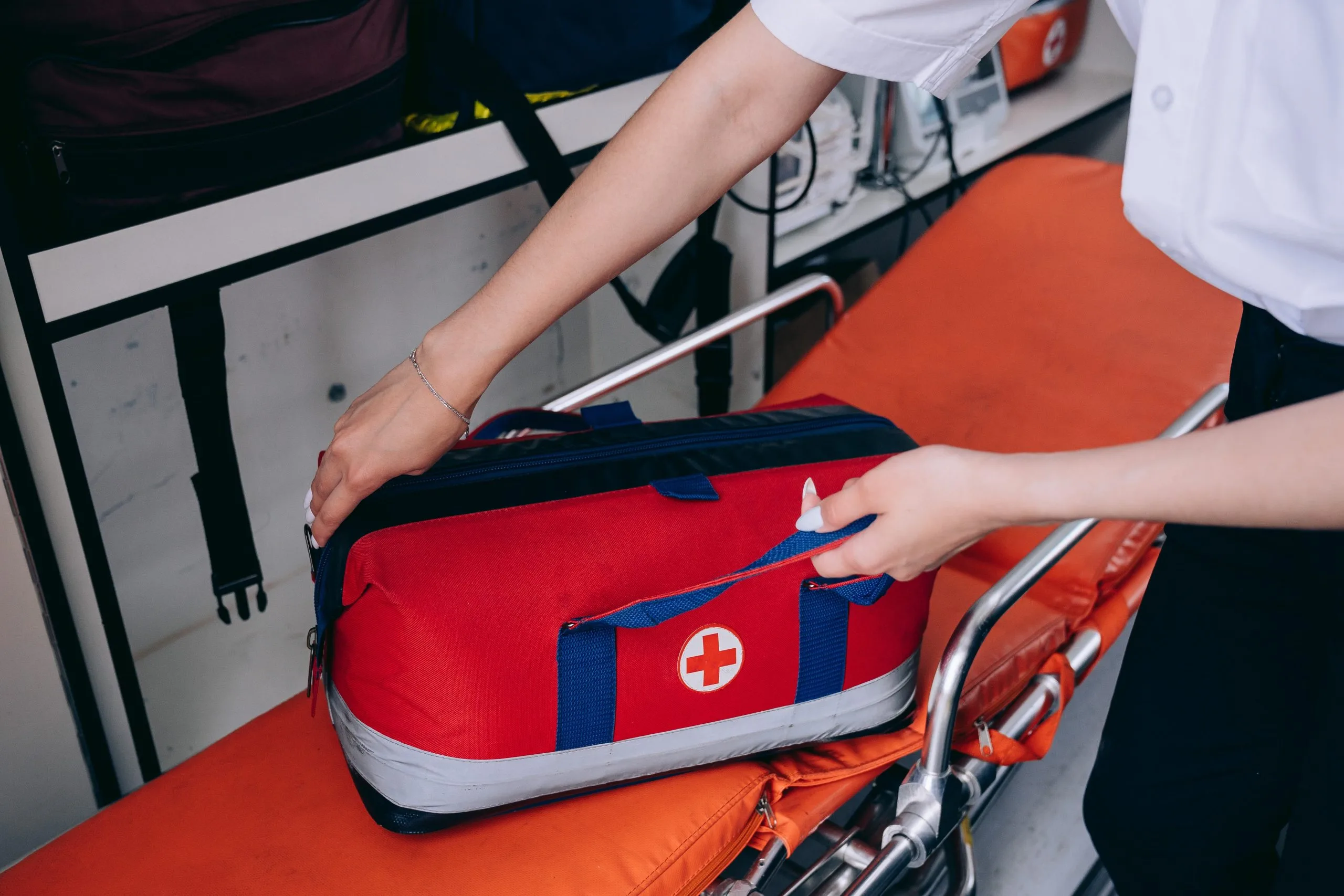Every year, over 240 million people call the 911 helpline in the US. Numerous callers face some sort of medical emergency. Medical emergencies can arise at any time, and at any place. While it is best to wait for medical professionals in case of an emergency, sometimes first aid is an essential and life-saving step that helps the injured/ill person survive until the paramedics arrive. Therefore, it is essential for everyone, at the very least, to learn basic first aid skills. Longevity Live Paid Content.
This article lists essential first-aid tips that will help you if you ever come face to face with 10 of the most common medical emergencies. Read on to find out more.
First Aid Basics
Before we delve into specific scenarios, it is essential to go over the basics of first aid that apply to almost every situation. The first thing you need to learn about is the ABCs of first aid. It is often the first thing taught to students when they enroll in the online master of nursing degree programs offered by colleges across the country. The simple ABCs of first aid are 3 basic steps that anyone administering first aid is required to carry out, namely:
- Awake: If the person is unconscious, try to resuscitate them and call 911.
- Breathing: If the person is not breathing, immediately administer CPR and chest compressions.
- Continue Care: Follow the medical advice given by 911 until paramedics arrive.
Once you’ve covered the ABCs, you can proceed to administer first aid based on the type of medical emergency you’ve found yourself in.
First Aid for Bleeding
The most common type of medical emergency people encounter is bleeding due to deep wounds which may be the result of an accident, a scuffle, or any other reason. If you’re with someone who has received wound(s) that are leading to considerable bleeding, this is how to administer first aid:
- Rinse the wound, if possible, using water.
- Cover the wound with a cloth and apply direct pressure using your hand to slow down the bleeding. For facial bleeding, apply pressure to where the wounded area joins the skull.
- Elevate the injured body part above the person’s head.
First Aid for Burns
Burns can be of varying degrees and severities. Burns can be caused by exposure to chemicals, electric shock, contact with fire, or any other source of heat. For burns, this is what you should do to administer first aid:
- Stop the burning process by removing the burning agent.
- Place the injured area in cold water.
- If the burn is minor, apply aloe vera or Neosporin before covering the wound with gauze.
- If the burn is major, seek medical assistance and keep the burn in cold water.
Click here to find out more about what to do in the case of a burn accident.
First Aid for Nosebleeds
Most of us panic upon seeing a nosebleed. However, the reality is that most nosebleeds are quite harmless and are caused by picking your nose, dryness, cold and flu, or even allergies. Here’s how to administer first aid for a nosebleed:
- Make the person lean forward with their face down.
- Hold an ice pack to the bridge of the nose.
- Pinch the area above the bridge of the nose to somewhat restrict the nasal cavities.
- Remain in this position for 5 – 10 minutes and the bleeding should stop.
First Aid for Bee Sting Allergy
Bee stings can also lead to scary situations. While most bee stings are only painful, for people with an allergy, a bee sting can even be fatal. If you’re with someone who is having an allergic reaction to a bee sting, here’s how to administer first aid:
- Remove the stinger immediately to prevent further venom from spreading.
- Wash the sting site with soap and water and hold an ice pack against it.
- In mild cases, administer an anti-allergy medication such as Benadryl. However, in severe cases, immediately use an Epipen to avoid a deadly reaction.
First Aid for Choking
Choking occurs when a person’s windpipe gets blocked due to a foreign object. Choking can be life-threatening if the windpipe is not cleared within a few seconds. If someone begins to choke in your presence, this is how you should administer first aid:
- Use the Heimlich Maneuver to release the foreign object if the choked person is conscious.
- If the choked person is unconscious, lay them on their back and, using the heel of your palms above the navel, make upward thrusts to dislodge the object from the windpipe.
First Aid for Sprains / Fractures / Broken Bones
Non-puncturing physical injuries generally damage either the tissue (sprain) or the bones (fracture/ broken bones). For all such injuries, the first aid process is as follows:
- Keep the injured body part still and do not try to move or straighten it.
- Try to elevate the body part without moving it too much.
- Use an ice pack on the injury to ease the pain. For bone injuries, wrap the ice pack in cloth before applying.

First Aid for Cardiac Arrest
Another common and scary medical emergency you are likely to encounter at some point is cardiac arrest, better known as a heart attack. Should you think someone has suffered from a heart attack, here’s how you should administer first aid:
- If the person is conscious, keep them in a sitting position and ask them for pertinent information they may be required by the doctors while waiting for paramedics to arrive.
- If the person is unconscious, start CPR and chest compressions while you wait for the paramedics to arrive.
First Aid for Poisoning or Overdose
Poisoning due to intake of dangerous chemicals or overdose of drugs is a common medical emergency and every year thousands of people die due to poisoning and overdose. If you are in the presence of someone whom you suspect has overdosed or been poisoned, this is how to administer first aid:
- Try to find information regarding the drug or chemical the person has ingested to help the paramedics decide on the treatment when they arrive.
- If the person is unconscious, lay them on their side and tilt their head back to allow for unrestricted breathing.
- If the person is conscious, monitor their breathing and provide support in case of choking or vomiting.
Conclusion
Acting quickly in medical emergencies is essential. However, keep in mind that the very first thing you need to do in such a situation – after calling 911 of course – is to assess their situation, so you can decide on the correct course of action. After all, one wrong move can have disastrous effects in a medical emergency. Following the tips mentioned above can help the victim recover quickly and safely.



![women [longevity live]](https://longevitylive.com/wp-content/uploads/2020/01/photo-of-women-walking-down-the-street-1116984-100x100.jpg)










